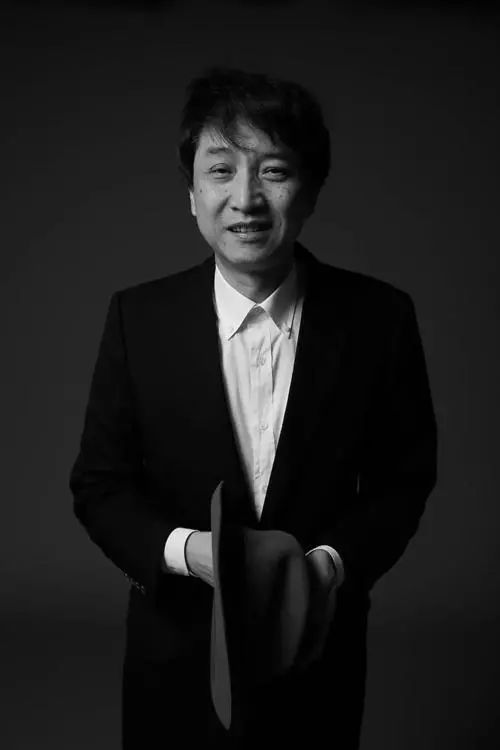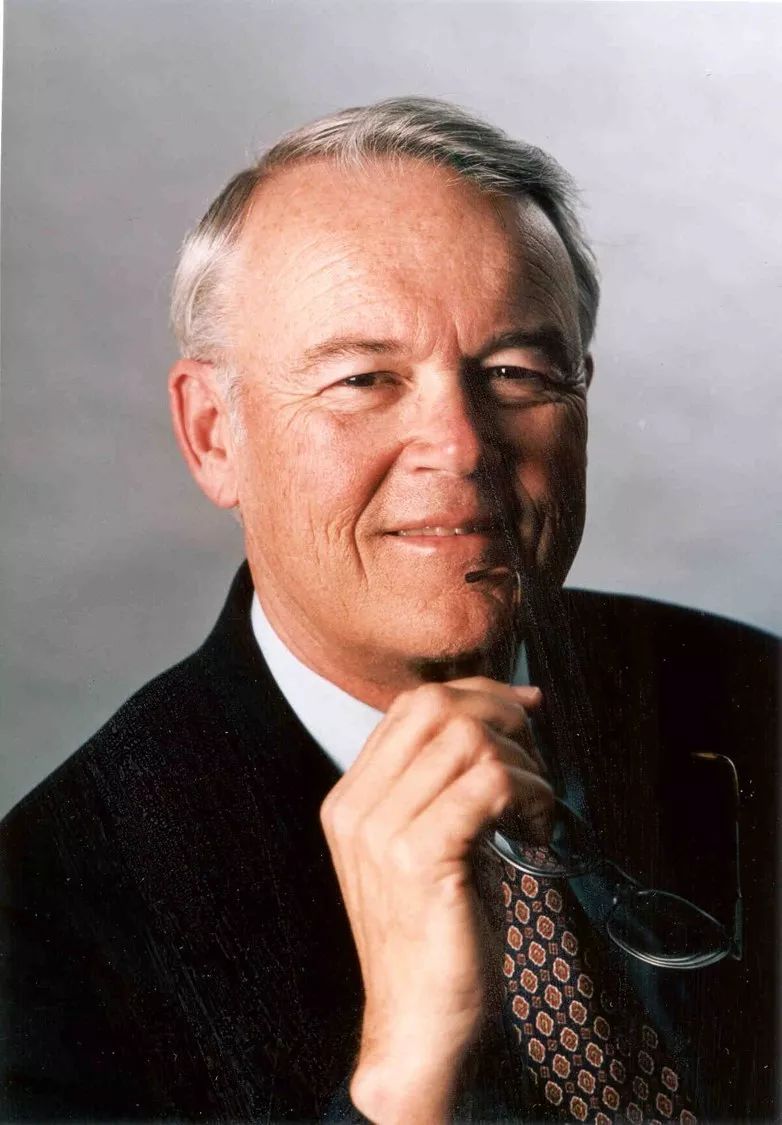Action “;
The “disruptive innovation” of Jean-Maher Dourry, a senior French advertiser;
Story Economics by Hollywood screenwriter Robert McGee and content marketing expert Thomas Grace;
Richard Shorten, “Intuition: Why we are always prone to emotional decisions”;
Richard Klevonen, Your Brand Needs A Storyteller.
You don’t need to finish reading these books, you just need to retrieve how they talk about Bernbach and what are your opinions. You will understand what ad art school is admiring.
This is the first important function of the library search function when I say it.
2.
The second function is that the search function can help us better read the topic.
Friends who often read my public account know that special reading is a reading method I highly admire, and this is also the highest state of reading considered in “How to Read a Book.”
The method of operation is to focus on a topic that you are concerned about, such as “growth” or “community” or “rock music” or “Wei Jinshi clan”. Choose any topic and find several books related to it. .
These references and two-phase verifications, naturally build a high-rise building, and understand each other, to help you deepen your understanding of this subject, without getting stuck in the details of a book, being bound and misled by a book.
But how do you find these books?
In the past, you could only judge what a book was talking about by its title, table of contents, introduction, and author information. But now, you can search the whole book directly.
Another example.
In the 1950s, the famous American advertising company GREY (called Jingxin in its early years in the country, now called Gerry), put forward the “brand personality philosophy.” The brand personality theory has since become a new genre of advertising creativity and brand strategy.
GREY believes that advertising should not only focus on interests, image, but also personality. Attract target audiences through brand personality, and promote brand image building through personality.
But how do you help brands build personality? Moreover, many people don’t even know what brand personality is, confusing brand personality with brand proposition, brand value, brand image, and emotional appeal.
So, we search for “brand personality” in WeChat books.

Ying Minggui, Chief Strategy Officer of Ogilvy & Mather in Taiwan, in his book “How to Make Products a Living Brand”:
“A brand that cannot be identified by its personality will never be a brand.”
“Brand proposition and brand personality are the most basic and important keywords in our industry, but they are gradually forgotten and even maliciously deleted in the emerging digital communication revolution.”
Brand master and originator of brand equity, David Acker pointed out in his book “Building a Strong Brand” that brand personality can create brand equity in three ways.
The first is a self-expression model that gives personality to a brand, making it easier for consumers to understand how to use the brand to express their personality and identity.
The second is the relationship-based model. Brand personality can lay the foundation for the relationship between customers and brands.
The third is a functional interest performance model. Brand personality can reflect and imply the functional benefits and attributes of products.
For corporate managers and strategy makers, brand personality can help them understand consumers ’perception and attitude towards the brand more clearly and deeply, and can guide and lead the brand communication activity.
This is the value of brand personality.
So what is brand personality and how do you build it?
Ye Minggui ’s statement is “the formation of brand personality comes from a consistent tone of text and an extraordinary visual style.”
“When we are designing its brand personality for a product, the best basis for us is the spirit of brand proposition. Another principle is to plan based on consumer relationships that are good for the business.”
The meaning is to form a tone and style in brand communication, so as to build personality. The basis of this tone comes from brand propositions and user relationships.
(Because brand claims generally include product functional benefits and brand attitudes, and customer attributes and status determine the tone and style that brands use to talk to them.)

And David Acker ’s point is that brand personality comes from “product-related characteristics: product attributes, prices, categories, components” and “product-independent characteristics: user image, company image, CEO, Celebrity endorsements, origins, advertising methods, sponsored events, age, brand logos. “
Of course we read